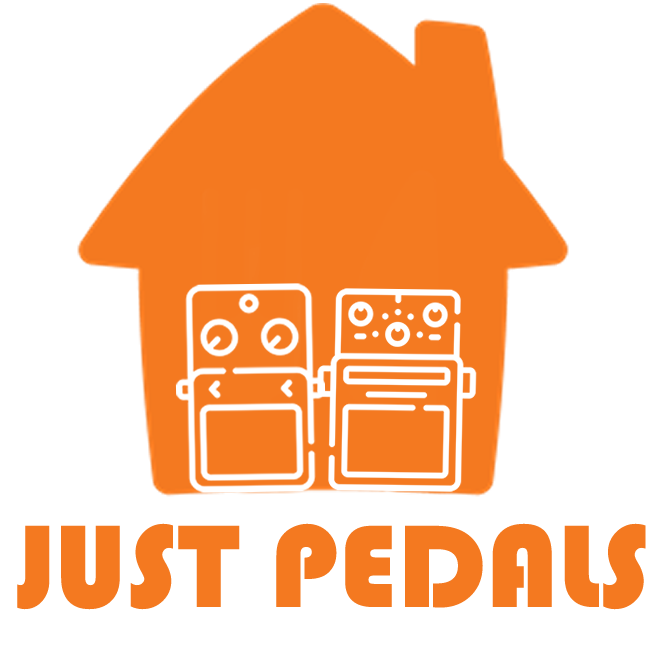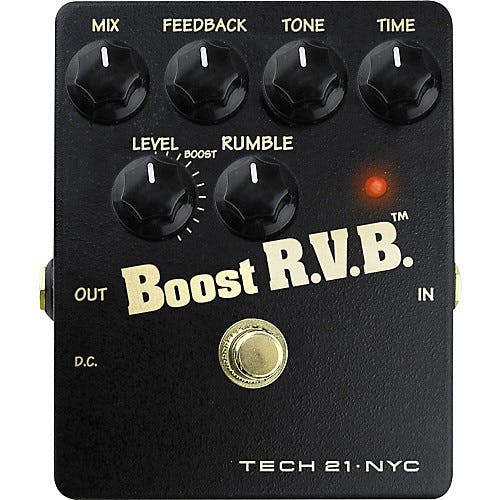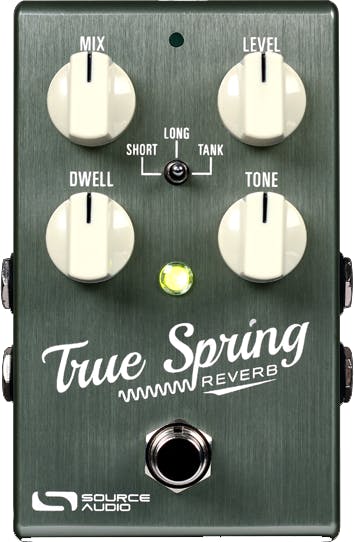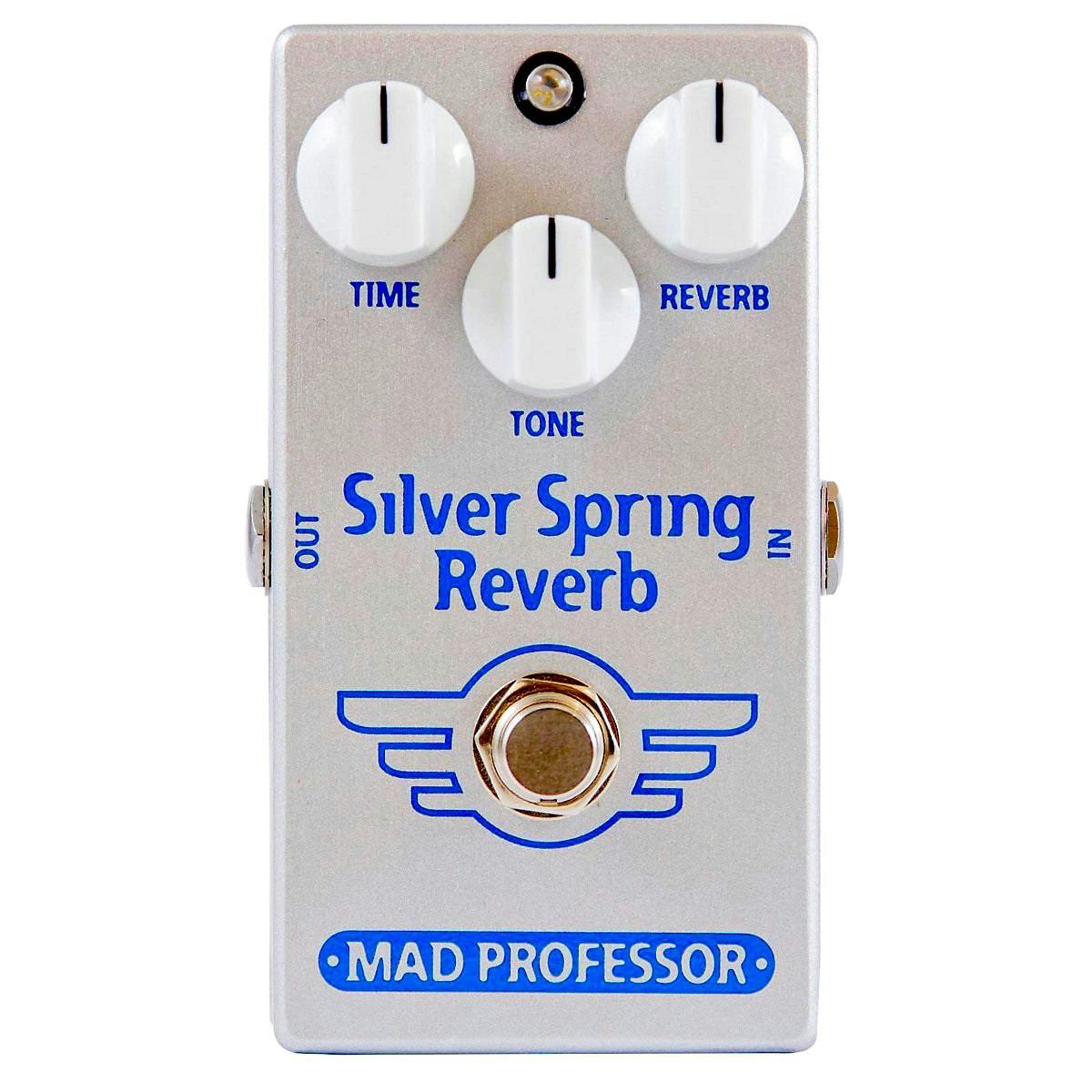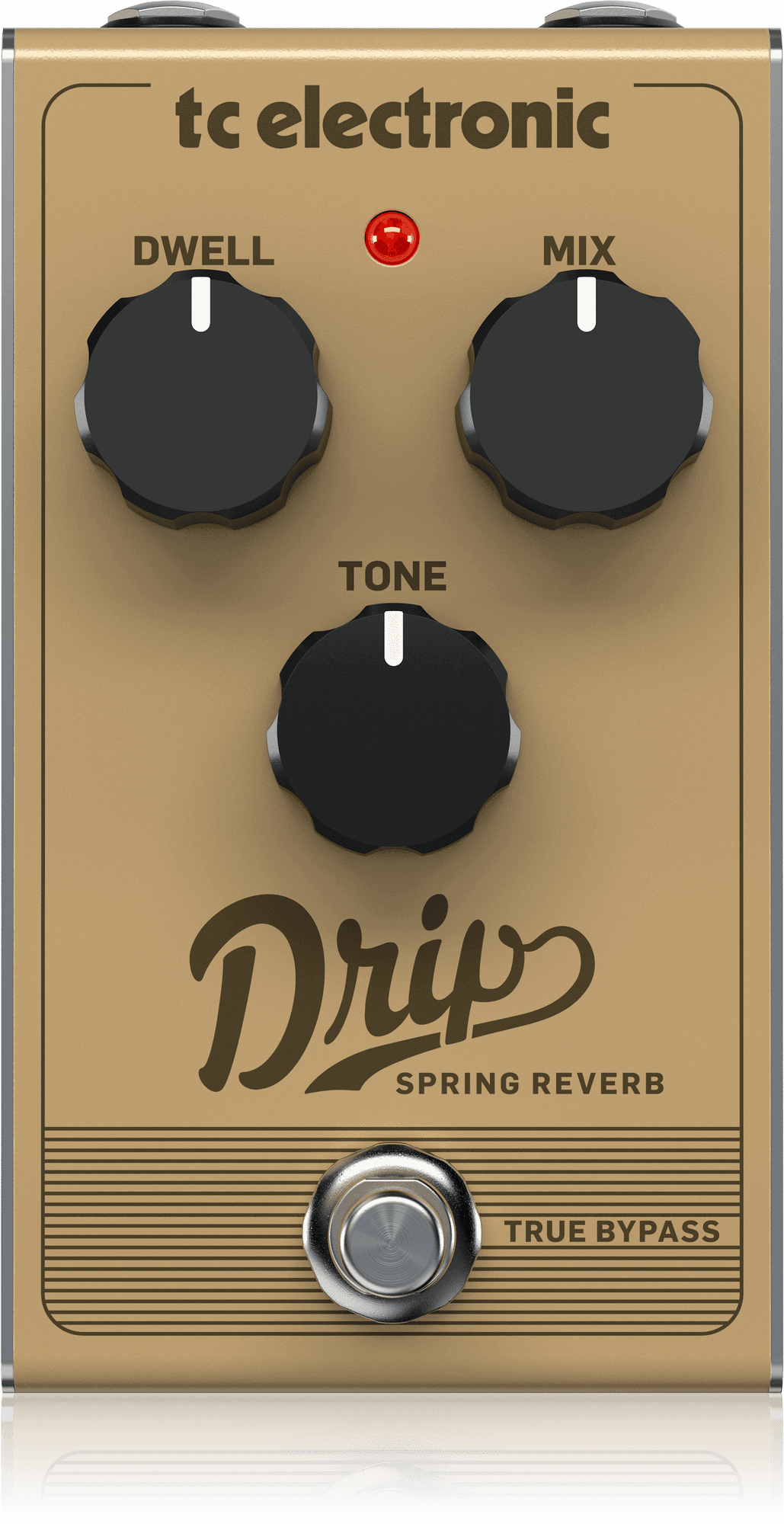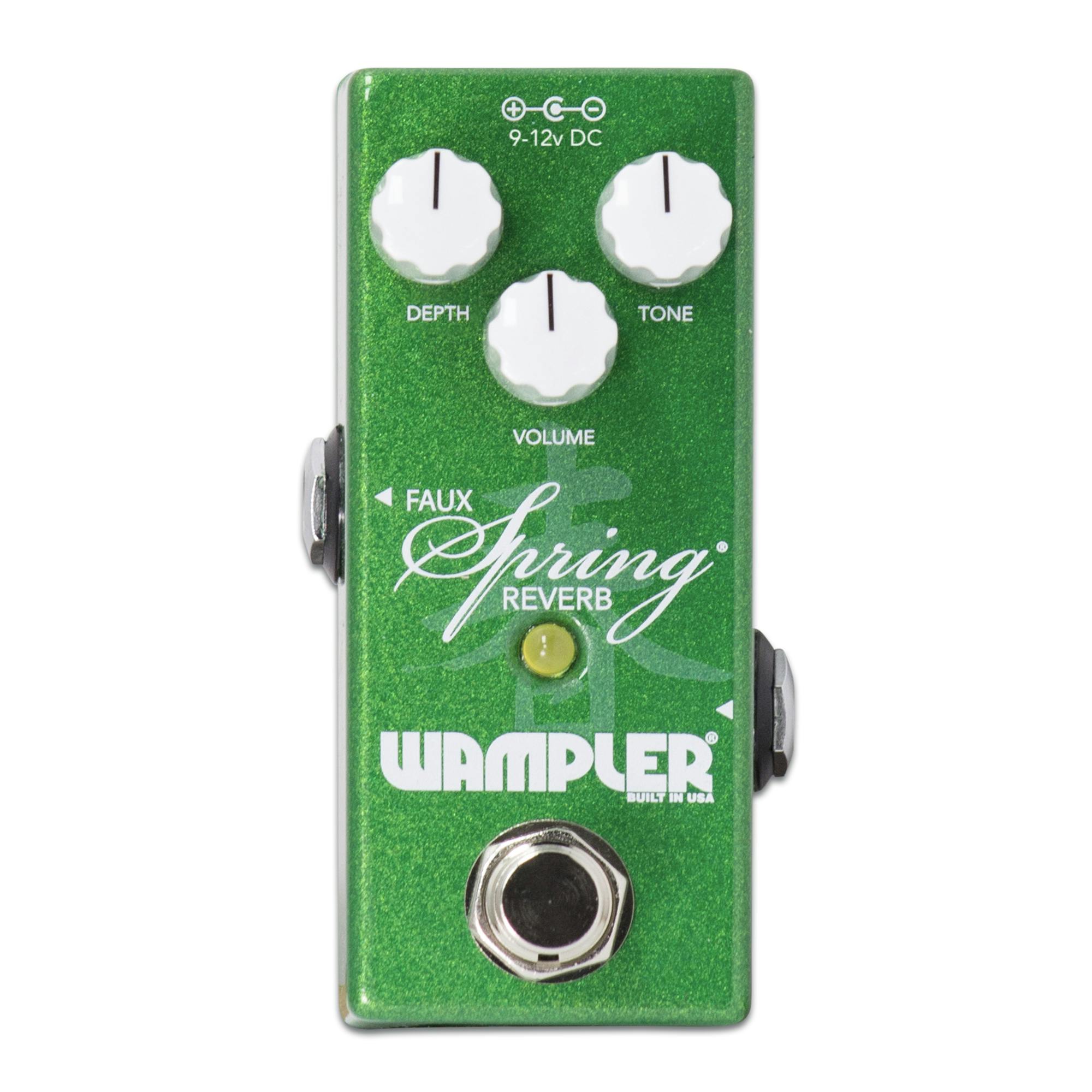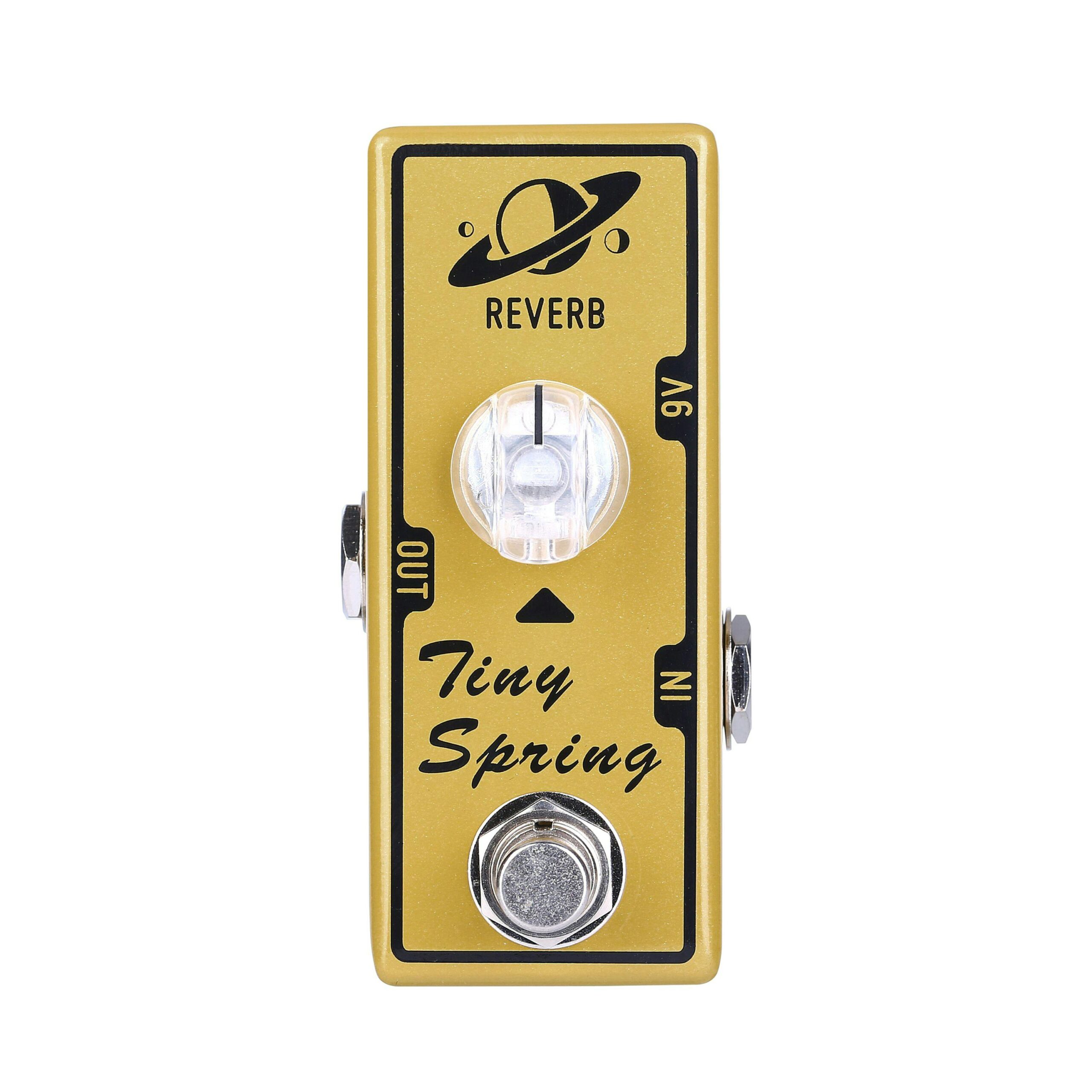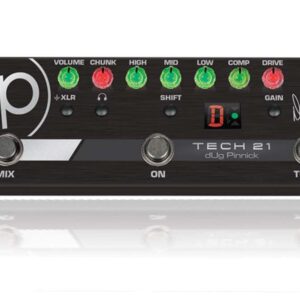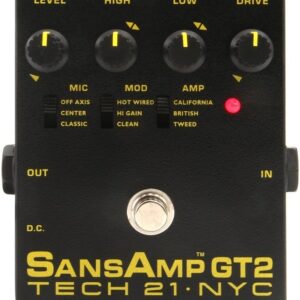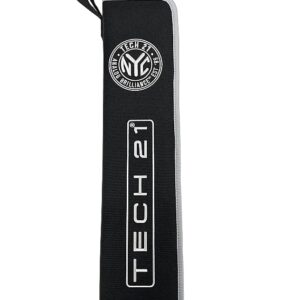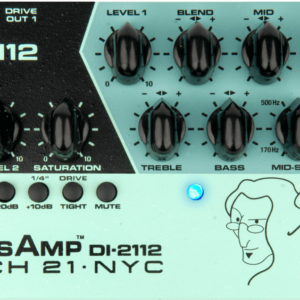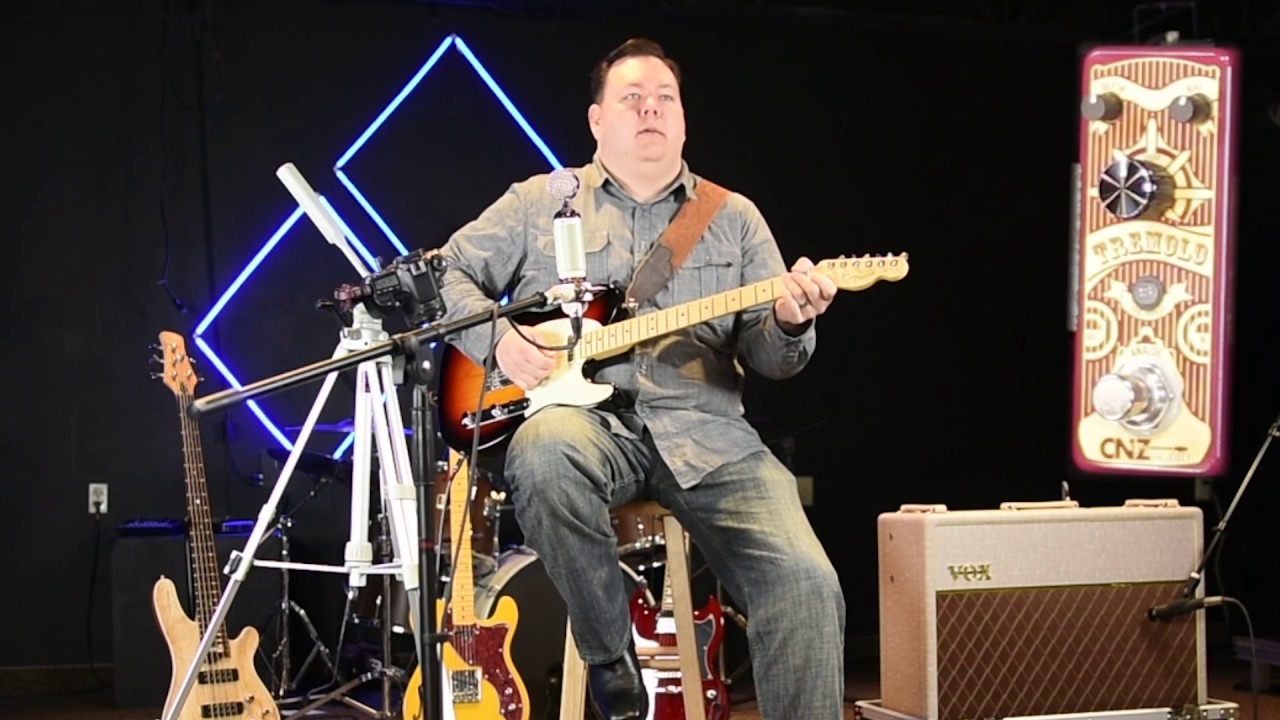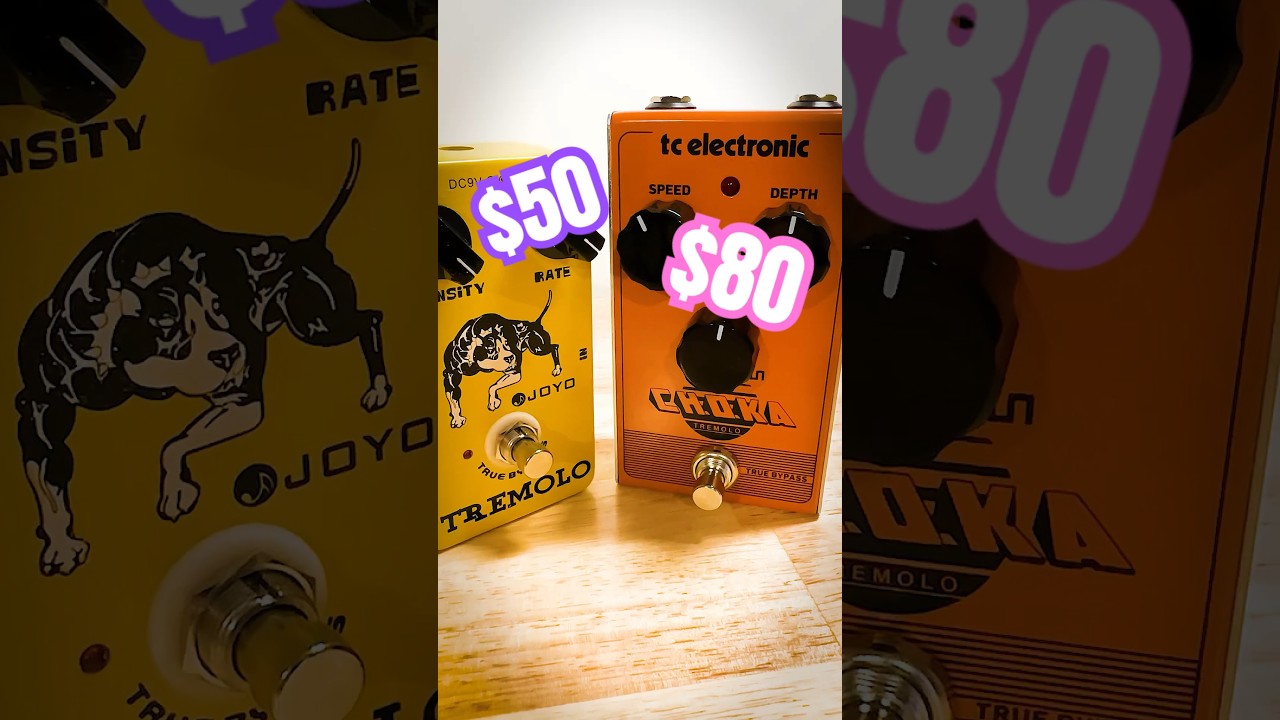Description
here at Just Pedals we love this Tech 21 Boost RVB – Analog Reverb Emulator with Clean Boost,.
With the Boost R.V.B. Analog Reverb Emulator Pedal, Tech 21 brings a fresh perspective to the standard reverb pedal. By incorporating a clean Boost function — up to 9dB — your solos will jump out with greater dimension. The Boost R.V.B. is designed with tweakable, “lo-fi” analog technology. By manipulating the controls, you can infuse degrees of warmth and life characteristic of vintage reverbs. The circuitry intentionally injects the inherent imperfections of vintage units, which is what makes them so seductive and nostalgic. A single, continuously-variable Time control provides a full sweep of size. The Boost R.V.B. parameters are engineered so that you can explore and custom tailor such reverb styles as spring, plate, and natural room/hall ambiance.
Here’s what Tech 21 have to say about this pedal
Tech 21 brings a fresh perspective to the standard reverb pedal. By incorporating a clean Boost function, up to 9dB, your solos will jump out with greater dimension. The Boost RVB is designed with user-tweakable, “lo-fi” analog technology. By manipulating the controls, you can infuse degrees of warmth and life characteristic of vintage reverbs. The circuitry intentionally injects the inherent imperfections of vintage units, which is what makes them so seductive and nostalgic. A single, continuously-variable Time control provides a full sweep of size. The Boost RVB parameters are engineered so that you can explore and custom tailor such reverb styles as spring, plate and natural room/hall ambiance.
Specifications
- Uniquely combines reverb and clean boost, up to 9dB, in one pedal.
- Custom tailor a wide variety of reverb styles, such as spring, plate and natural room/hall ambiance.
- Highly sensitive controls provide a broader range of tweakability and maximum flexibility.
- 100% analog Mix, Feedback, Tone and Level controls for warm, organic sounds.
- Continuously-variable Time control.
- Modulation control gently modulates the pre-delay of the reverb for additional dimensionality.
- Mix control ranges from 100% dry to 100% wet.
- 1megOhm high-impedance 1/4” input, same as traditional tube amplifiers.
- 1kOhm low-impedance 1/4” output drives long cables without loss of signal integrity, even in bypass.
- Custom, silent-switching actuator.
- Trails works in conjunction with bypass and allows the signal to decay naturally rather than cutting it off abruptly.
- Buffered bypass eliminates the shortcomings associated with “true bypass” (pops and clicks, and high-end loss when multiple pedals are connected together), as well as signal loss associated with other types of switching circuits.
- Heavy duty, all metal construction.
We have new and used Tech 21 musical equipment available on our website for fast direct delivery from sellers across the UK & Europe.
Tech 21 – Analog Tone, Digital Versatility
Tech 21 is an industry leader in analogue amp emulation, known for its legendary SansAmp series. Since the late ‘80s, their pedals have provided musicians with rich, tube-like tones without the need for an amp.
From the iconic SansAmp Bass Driver DI to the versatile Fly Rig series, Tech 21’s pedals deliver studio-quality sound with rugged, gig-ready reliability. Whether on stage or in the studio, their analogue circuitry ensures warm, responsive tones for guitarists and bassists alike.
Analog effects pedals use traditional circuitry, typically built with transistors, capacitors, and resistors, to shape and modify a guitar’s signal without digital processing. Known for their warm, natural, and organic sound, analog pedals are favoured by many musicians for their rich harmonic response and smooth dynamic range. Unlike digital pedals, which process audio using algorithms, analog pedals maintain a continuous signal flow, preserving the instrument’s natural character.
Classic analog effects include overdrive, fuzz, phaser, chorus, and delay pedals, with legendary models like the Electro-Harmonix Big Muff, MXR Phase 90, and Boss DM-2 Delay standing the test of time. While digital pedals offer versatility and precision, analog pedals are prized for their warmth and simplicity, making them a staple in many guitarists’ pedalboards.
A boost pedal is used to increase the overall volume or gain of an instrument’s signal, typically without adding distortion or altering the tone drastically. It’s commonly used to push the amp into overdrive, making solos stand out or increasing the power of the signal for a more pronounced sound. Boost pedals can also be used to emphasise specific frequencies, helping the instrument cut through the mix during performances.
There are different types of boost pedals, such as clean boost and colored boost. Clean boost preserves the natural tone of the instrument while increasing the volume, whereas colored boost can alter the sound slightly, adding warmth, presence, or a subtle tonal shift. Popular boost pedals include models from Xotic, Electro-Harmonix, and TC Electronic, each offering different features like EQ controls, low noise, and transparency, allowing players to tailor their boost to fit their unique playing style.
A clean pedal is designed to enhance or preserve the natural, unaltered sound of an instrument, typically by boosting the signal or providing transparent effects without introducing distortion or overdrive. Clean pedals are often used to provide a pure, clear tone, especially when musicians want to retain the character of their instrument while making subtle adjustments to volume, EQ, or tone.
Common examples of clean pedals include clean boost pedals, which increase the volume without colouring the tone, and EQ pedals, which allow for precise adjustments to the frequency response. Clean pedals are popular among players who want to shape their sound without altering its fundamental character, and they’re widely used in genres like jazz, country, and pop, where clarity and transparency are essential. Brands like Xotic, Electro-Harmonix, and MXR offer high-quality clean pedals suitable for a range of musical styles.
Just Pedals is a new Guitar Effect Pedals Marketplace – We feature new and used Guitar Effect pedals from different sellers, to purchase online from the UK.
Just the latest videos
Just related products
Auto Amazon Links: No products found.
